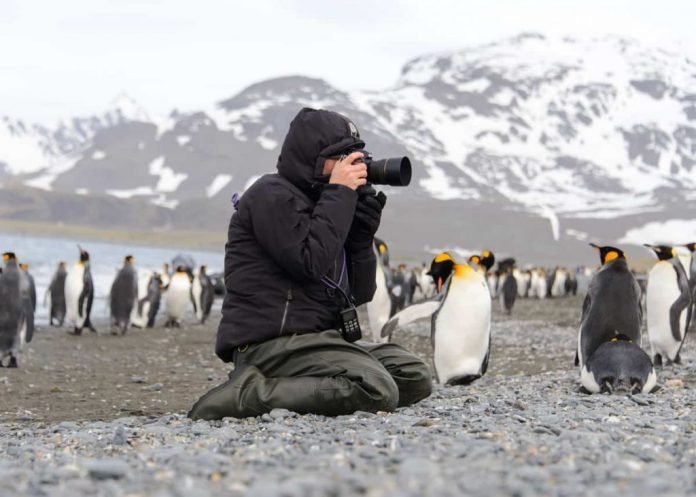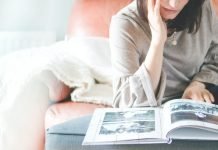Last Updated on November 19, 2022 by
If you want to take better pictures of animals, you should learn about the different types of wildlife and their habitats. Next, you can read books, and experiment with different kinds of landscapes and species. Then, learn to edit your photographs in Adobe Photoshop. After you master these tips, you can take great pictures of animals. But don’t stop here! Continue reading to learn about the different types of photography and become an expert in your field.
Table of Contents
Contextualized wildlife photography
Contextualized shots give viewers a better understanding of what they are seeing. They also let you capture the surrounding landscape. Contextualized wildlife photography is a critical component of a wildlife photographer’s training, so read it carefully to learn more.
Some of the best pictures are of common animals foraging for food, so getting low is essential. Another excellent tip for wildlife photography is to change your perspective to get a better view of your subject. Lastly, use the right equipment. You’ll need a camera and lens and accessories.
Wildlife Composition
Using good composition techniques when taking wildlife photos can be essential to getting the best shot. Focusing on the subject will help you capture a photograph that conveys a story. Consider shooting with color and pattern to make your images stand out. By knowing the physical characteristics of your subject, you can consciously capture a beautiful picture. And, remember, the more you know about the animal, the better the shot will be. Creating a list of desired ideas in advance will help you make better decisions in the field.
Using the Rule of Thirds is a great way to create an exciting photo. The rule states that your subject should be 1/3 from the bottom or top edge of the frame. For example, if you are photographing a headshot, the issue should be placed a third of the way from the bottom or top edge of the frame. Make sure that the background is balanced and doesn’t dominate the subject. Also, use a horizon as your background for a more interesting shot.
Wildlife Shutter speed
If you’re interested in capturing wild animals, you’ll need to set the shutter speed correctly. The minimum shutter speed is one-tenth of a second, while 1/1000 is ideal. Generally speaking, the slower the shutter speed, the blurrier the photo will be. However, you should also keep in mind that a faster shutter speed will result in a less detailed image. To achieve this effect, you’ll need a tripod and steady hands, or else your photos will come out blurred and grainy.
To get a good idea of how fast to set the shutter speed, check out photos of animals in motion. Photographers have been known to take photos at 1/60th of a second. Refer to your camera’s information if you’re unsure whether to use a slower shutter speed. For example, if you notice that the animal is moving at a moderate speed, you can set the shutter speed to 1/500th of a second or higher.
Binoculars
For those interested in taking photos of wildlife, binoculars are essential items. These handy tools make far-off objects appear closer than they are. In addition to being an indispensable tool for wildlife photography, binoculars can also be used for navigation, monitoring animal movements, and choosing the right lighting when taking nature photos. Buying the right pair is crucial. You can find plenty of advice on different types and brands.
First, consider the size of the binocular field of view. A binocular with a large field of view will be more comfortable. The objective lens diameter is critical.
Time of day
There are certain times of day when wildlife photography is most productive. At dusk, the most obvious time is when animals are most active and feeding. If you’re photographing deer, try to get a few good shots during this time, as they often congregate in areas with abundant vegetation. But there are other times of day that are equally ideal, too..
Getting up early or staying late to capture an animal is another way to capture the best photos. Many animals are active during the early morning or final twilight hours. You’ll have to adjust your camera’s settings and expose your images correctly. Wildlife photography requires patience, especially if you’re photographing animals in a remote location.
Read more: Photo Collages 101: An Introductory Guide
Equipment
There are several essential pieces of equipment to consider when purchasing a camera for wildlife photography. Among other things, you should choose a camera with a high maximum aperture. In addition, you may want to consider a camera with a silent shutter mode for close-up wildlife photography. Also, look for a camera with a high frame rate, fast autofocus, and good coverage of focus points. Finally, make sure the camera body is weather-sealed.
Having a rain cover for your camera is an essential accessory for wildlife photographers. This cover will protect your equipment against the elements and give you a clear view of the rear LCD screen. So whether you’re shooting in the rain or on a sunny day, wrap up warmly. The last thing you want is to freeze! Wildlife photography is an exciting adventure. But it’s essential to be prepared and have all the right equipment to make the most of it.
Read more: Photo Booth Rental: A Great Way to Keep Guests Engaged at Wedding Events















